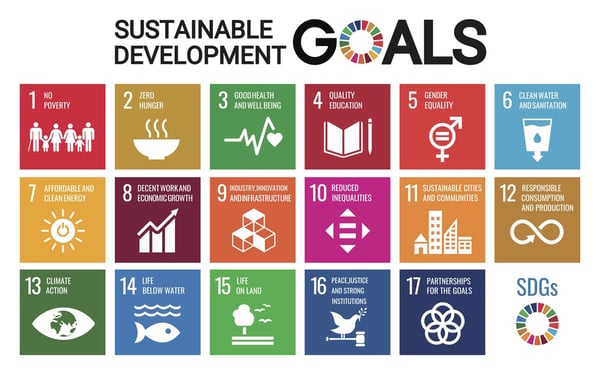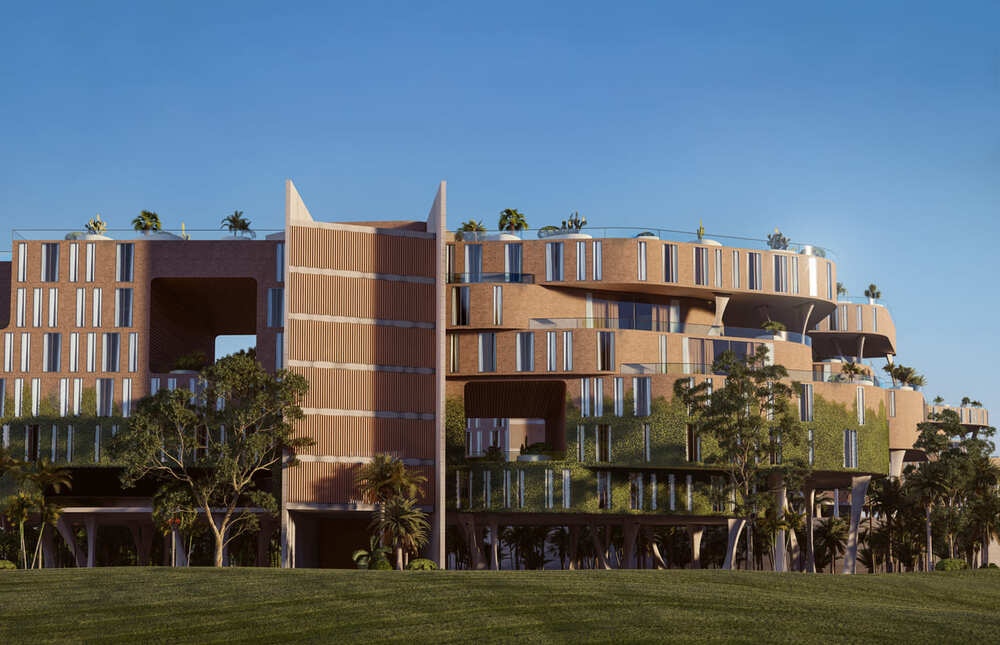There are a series of key indicators that help us measure building sustainability. These indicators are objective, but there is no clear common agreement on how they are measured or compared.
Measuring the sustainability of a building objectively would allow us to compare different projects. However, while it seems like a good idea, in practice it turns out to be a complex task. The different laws and their modifications, the various certification tools, criteria between countries, etc., make it so that even if you measure an impact objectively, you cannot later compare the results. In this article, we introduce the sustainability indicators: life cycle, environmental health, quality, quantity of water consumed, energy used, etc. and we relate them to the different certificates.
The indicators of environmental sustainability
The indicators are grouped according to the three pillars of sustainability: economic, environmental and social.
Economic indicators
The profitability of buildings depends primarily on their cost-efficient operation. Life cycle costing allows a consideration of the costs of a building in the medium and long term. The more regularly and sooner they are carried out, the better results will be obtained.
Life cycle costs are given as net present value in €/m2 of total floor area for the construction of the building plus operating costs based on a 50-year reference period, using the net present value (NPV) calculation method. Thus, we consider:
- Construction costs.
- Repair costs.
- Supply and disposal costs (water, fuel, energy, wastewater).
- Cleaning costs.
- Service and maintenance costs.
Environmental indicators
We differentiate between two environmental indicators:
- Life Cycle Analysis (LCA), which measures the environmental impact of the building, including all phases. Among its main objectives is to quantify this impact per unit of product and to be able to compare it with similar products. LCA plays a key role in certification, as a building must be analysed from the moment the raw materials are extracted to manufacture the materials from which it will be constructed until it is demolished.
The objective and scope of the study is defined, an inventory of inputs (resources and energy used) and outputs (emissions, waste and by-products) is carried out, and the environmental impact is assessed by associating the inventory data with specific environmental impacts (global warming, acidification and eutrophication, among others). Finally, the results are interpreted by comparing the proposed building with baseline buildings. This indicator already includes the energy efficiency of the building, as these are the emissions produced during the use phase of the building.
- Water use, depending on the efficiency of sanitary fixtures and fittings. For example, BREEAM awards up to 5 points for meeting two assessment criteria: reducing potable water consumption by installing more efficient sanitary fixtures and offsetting non-potable water demand with water recycling systems.
Social indicators
Social Return on Investment (SROI) is a framework for measuring value that seeks to reduce inequality and environmental degradation and improve well-being by incorporating social, economic and environmental costs and benefits. It can be used to assess the risks and opportunities arising from the impact of the product on stakeholders (workers, suppliers, customers, local community and environment).
In other words, SROI can be used to assess the risks arising from the impact of business on stakeholders and to identify ways of aligning its objectives with those of society, which can provide opportunities for products. It allows the impacts that occur to be understood as performance increases and to identify areas for improvement.

Indicators in sustainability certification
As one of the largest contributors to climate change, the building industry has the responsibility —and the opportunity— to reduce its emissions. Until today, efforts have focused mainly on reducing energy use and its associated emissions. Currently, demonstrating compliance with ESG criteria (environmental, social and governance) is being pursued. In the absence of a standard, sustainable certification tools have been used as a parameter, such as:
- the BREEAM sustainable building certificate. The BREEAM methodology is based on the analysis of different criteria grouped into 10 categories: management, health and wellbeing, energy, transport, water, materials, waste, ecological land use, pollution and innovation. The processes that influence the sustainability strategy throughout the life cycle of the project are evaluated, and synergies between them are sought by integrating environmental, economic, and social aspects.
- WELL Certification. The first assessment tool for buildings that focuses on the well-being and health of their occupants. WELL prioritises user comfort, and analyses the relationship between health and the built environment in which we live and work using standards developed by the WELL Building Institute.
- LEED certification. The LEED certification system for green buildings aims to reduce the environmental impact of the building by considering its entire building life cycle. Provides a framework for healthy, highly efficient, and cost-saving buildings at all stages. The results are comparable on a global scale; it allows the project's environmental performance to be compared with buildings around the world.
- VERDE Certification. From the Green Building Council Spain (GBCe), it evaluates the LCA and the environmental, social and economic aspects of the building through indicators that measure the impact in areas related to sustainability. VERDE analyses: plot and location, energy and atmosphere, resources, indoor climate, social and economic aspects and quality of the building. Each area in turn has different criteria with a specific weight that varies according to the characteristics of the project.
- DGNB Certification. A second-generation certification tool of the German Green Building Council that assesses the sustainability of the building as a whole, giving equal importance to economic, environmental, comfort and quality aspects. The DGNB methodology is based on analysing a series of criteria which are grouped into categories: technical environmental quality of the site, quality in the process, economic, sociocultural, and functional aspects.

European and global common approach
In addition to the «ecological values» of the building, many construction contracts now require including community benefits —social and sustainability initiatives— as part of the building project and its commitment to the ESG agenda. ESG Agenda in turn aligned with European and global regulations and initiatives, such as:
- Level(s): This European Commission project aims to establish a sustainability assessment framework with the development of common European indicators. The Level(s) indicators are integrated into certifications such as VERDE and the DGNB-System.
- The European Taxonomy Regulation for sustainable activities: the Taxonomy EU aims to consolidate common criteria for determining the sustainability of an economic activity.
- The SDGs: the United Nations Sustainable Development Goals aim to decouple economic growth from climate change, poverty and inequality. The mentioned GBCe certification systems, for example, address 14 of the 17 SDGs.
Sustainability is a challenge that sustainable building can help meet. Sustainable certifications are a guarantee of having a building that respects its three fundamental areas: environmental, social, and economic. Appropriate sustainability indicators are a measure of a project's commitment to sustainability, reflecting the status and progress towards sustainability.


